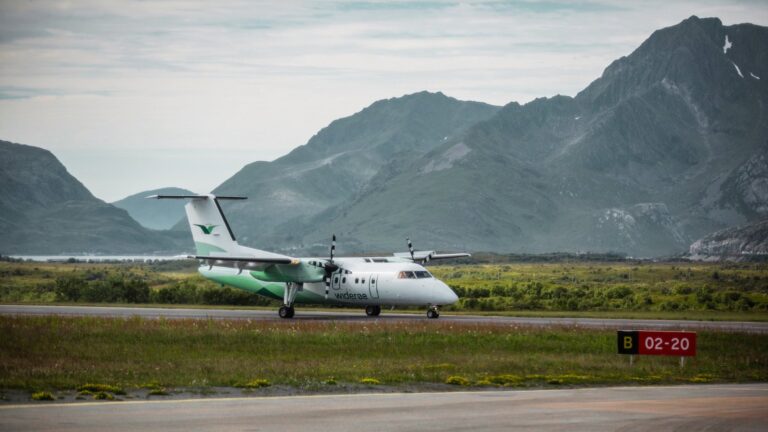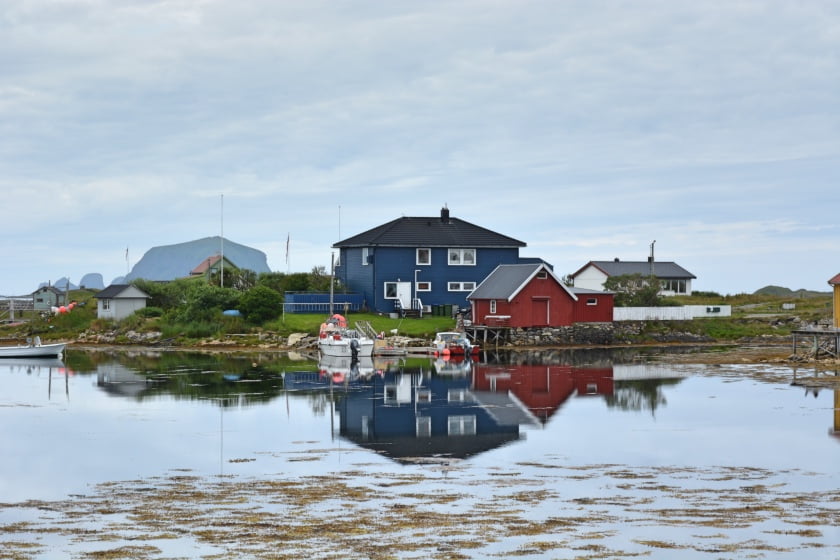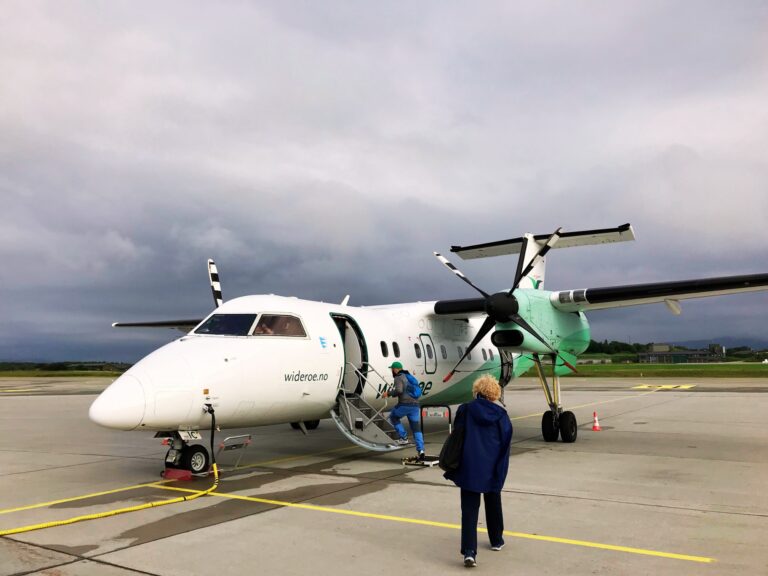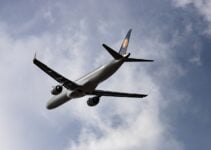Local airline Widerøe has suggested a change to the pricing strategy for Norway's subsidised air routes. It could result in tourists paying more for air travel. Here's the story.
Exploring the rugged terrains of northern and rural Norway via the small propeller planes of Widerøe offers a unique vantage point on the stark landscapes that define this part of the world.

From the isolated fjords to the Arctic tundras, the experience of soaring above these vast, unspoiled expanses can be as thrilling as the destinations themselves.
However, recent developments in Norwegian air travel have sparked a debate that could alter how both tourists and locals experience these iconic journeys.
Norway's FOT Routes
Widerøe, the largest regional airline in Scandinavia, has proposed a new ticket pricing strategy that would see tourists paying more than local residents for flights on key routes, known as FOT routes.
Norway's FOT routes are government-subsidised air routes intended to maintain essential air service to the country's more remote areas on routes that are less economically viable.
These routes are crucial for ensuring that residents in rural and northern parts of Norway have reliable access to air transportation, which is often the only feasible mode of travel to and from these regions.

This proposal comes in response to a government policy that halved the maximum prices on short-haul flights, a move intended to make air travel more accessible to the people living in Norway's more remote areas.
Increased Demand From Tourists On Key Routes
The concern, as outlined by Widerøe, is that the lower prices have led to a surge in demand from tourists and leisure travellers on these key routes, particularly during peak travel seasons.
Read more: Domestic Flights in Norway
This increase in tourist traffic is reportedly making it difficult for local residents, including business travellers and patients needing medical care, to find available seats.
According to Lina Lindegaard Carlsen, Widerøe’s communications advisor, “The most popular departures are now increasingly filled with holiday and leisure travelers. The consequence is that business and patient travel may find challenges in securing tickets for these flights close to departure.”
Looking to the Spanish Model
In addressing these challenges, Widerøe has looked to models used in other tourist-heavy destinations, such as Spain, where residents of islands receive discounts on flights and ferries to and from the mainland.

Specifically, a 50% subsidy on air and sea travel from the Canary Islands, Balearic Islands, Ceuta, and Melilla to mainland Spain is available for EU nationals and their families residing on these islands.
Carlsen notes that such a model would ensure that locals retain access to vital air services without being priced out or displaced by tourists.
The debate raises important questions about the balance between promoting tourism—a vital part of the local economy—and ensuring the accessibility of essential services for residents.
New Public Tender Coming Soon
The Norwegian Ministry of Transport is considering Widerøe's proposal, with a spokesperson indicating that future contracts for these routes will aim to “ensure the best possible service for the funds used.”
As Norway prepares for the next round of public tender for these routes, all eyes will be on how this balance between local needs and tourist influx is achieved.
As this situation unfolds, travellers to Norway—whether for leisure or business—might soon find that their tickets reflect more than just the cost of travel, but also the broader socio-economic strategies designed to preserve both the accessibility and the allure of one of the world's most scenic destinations.




